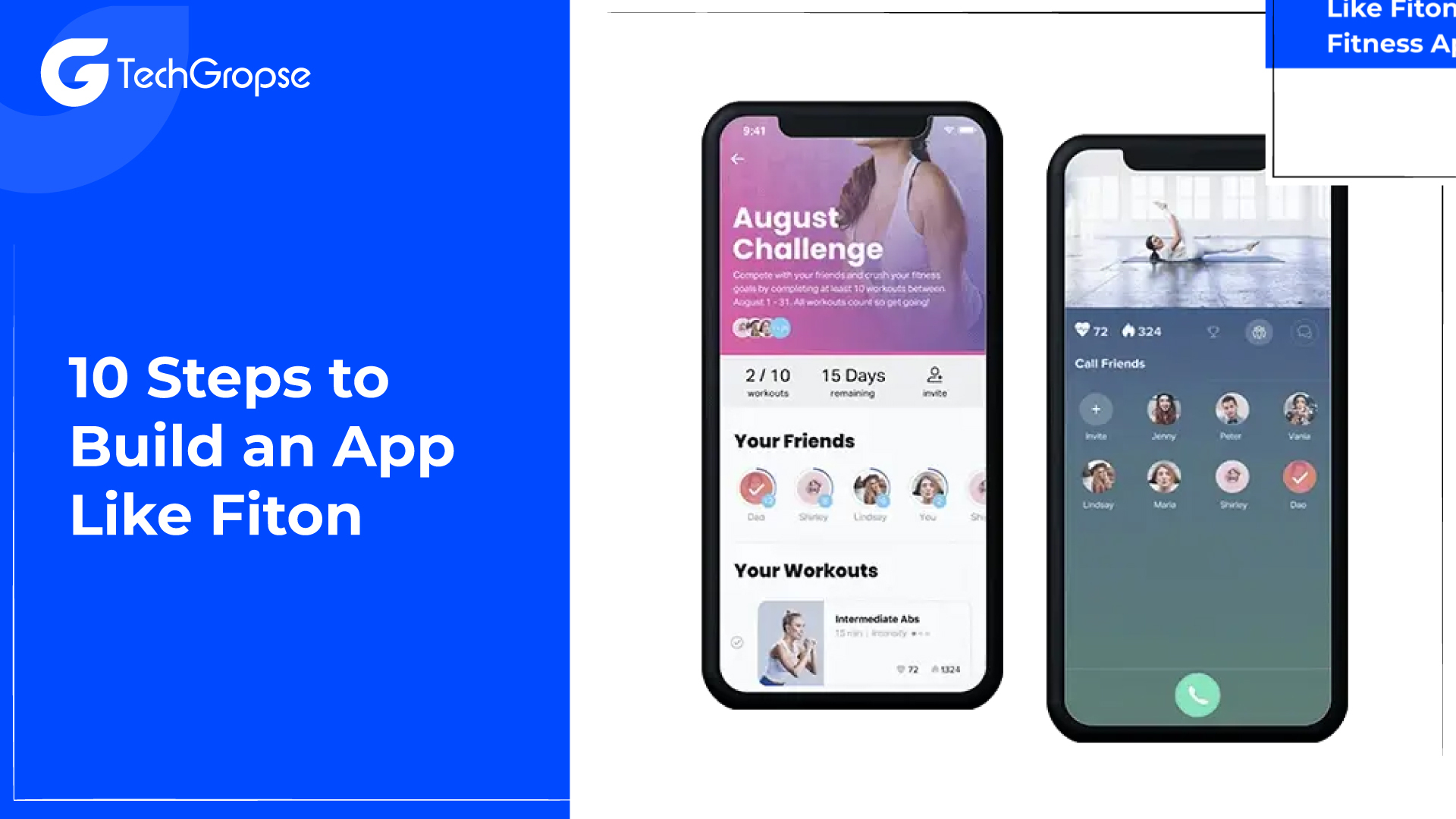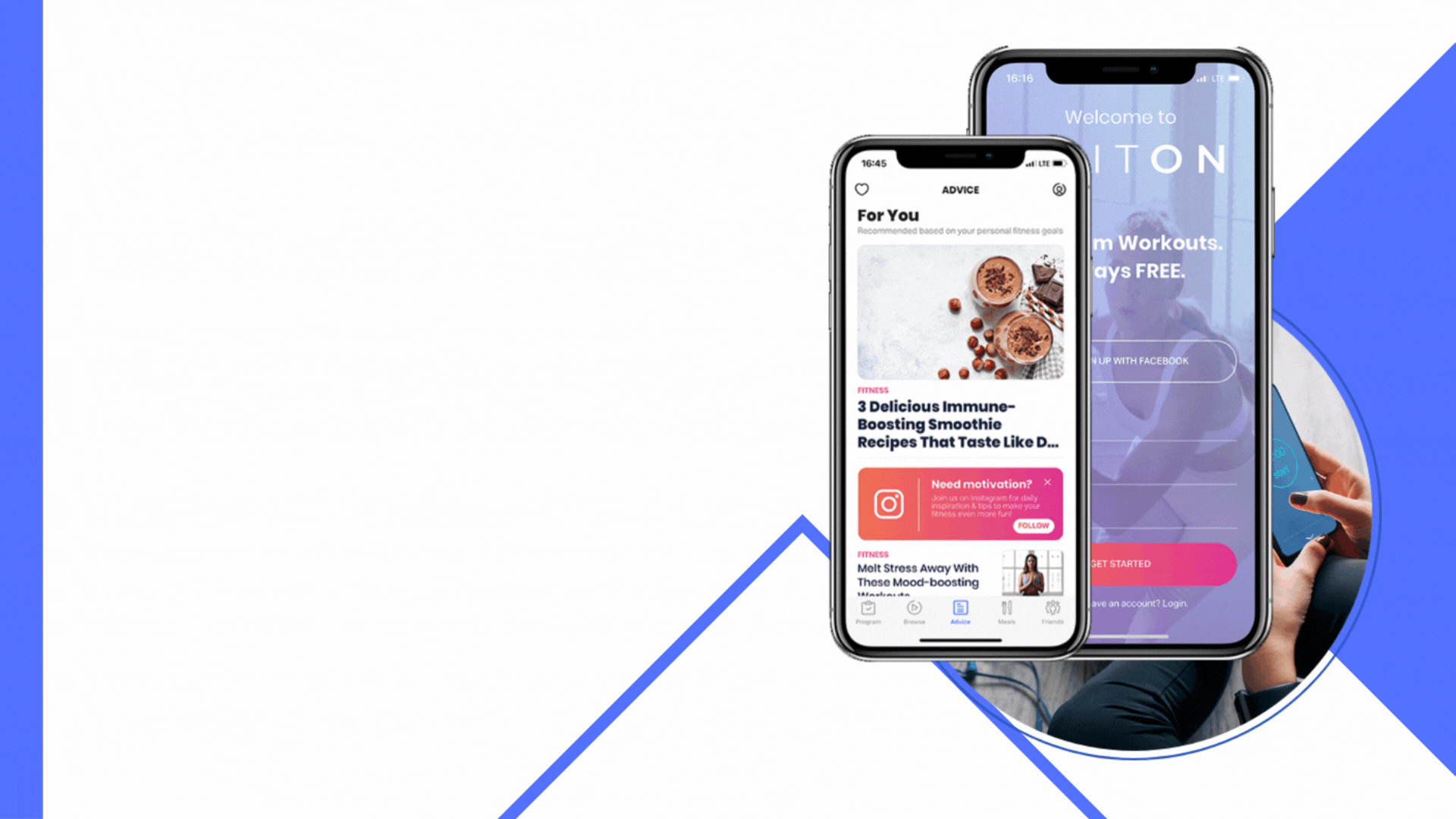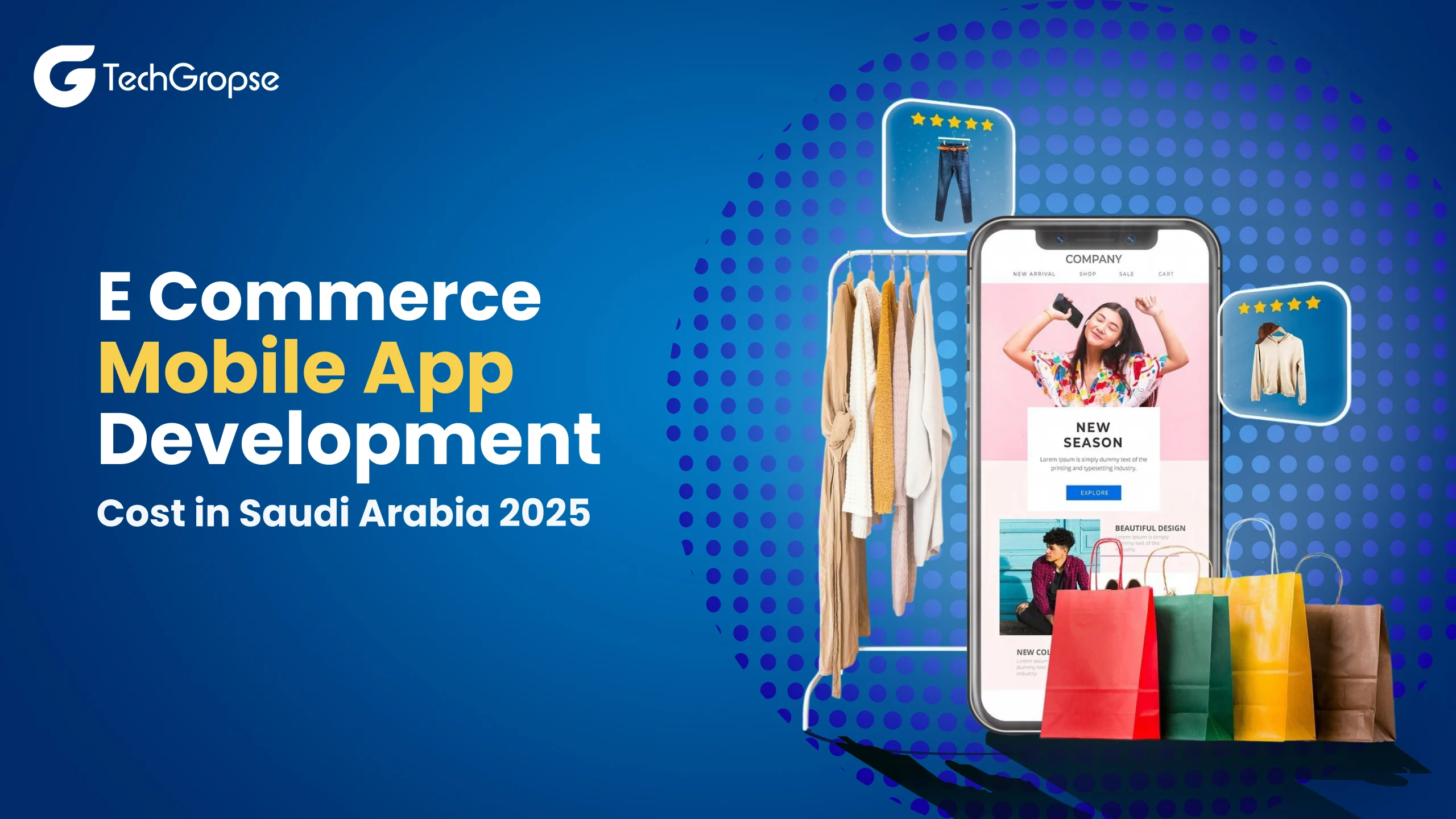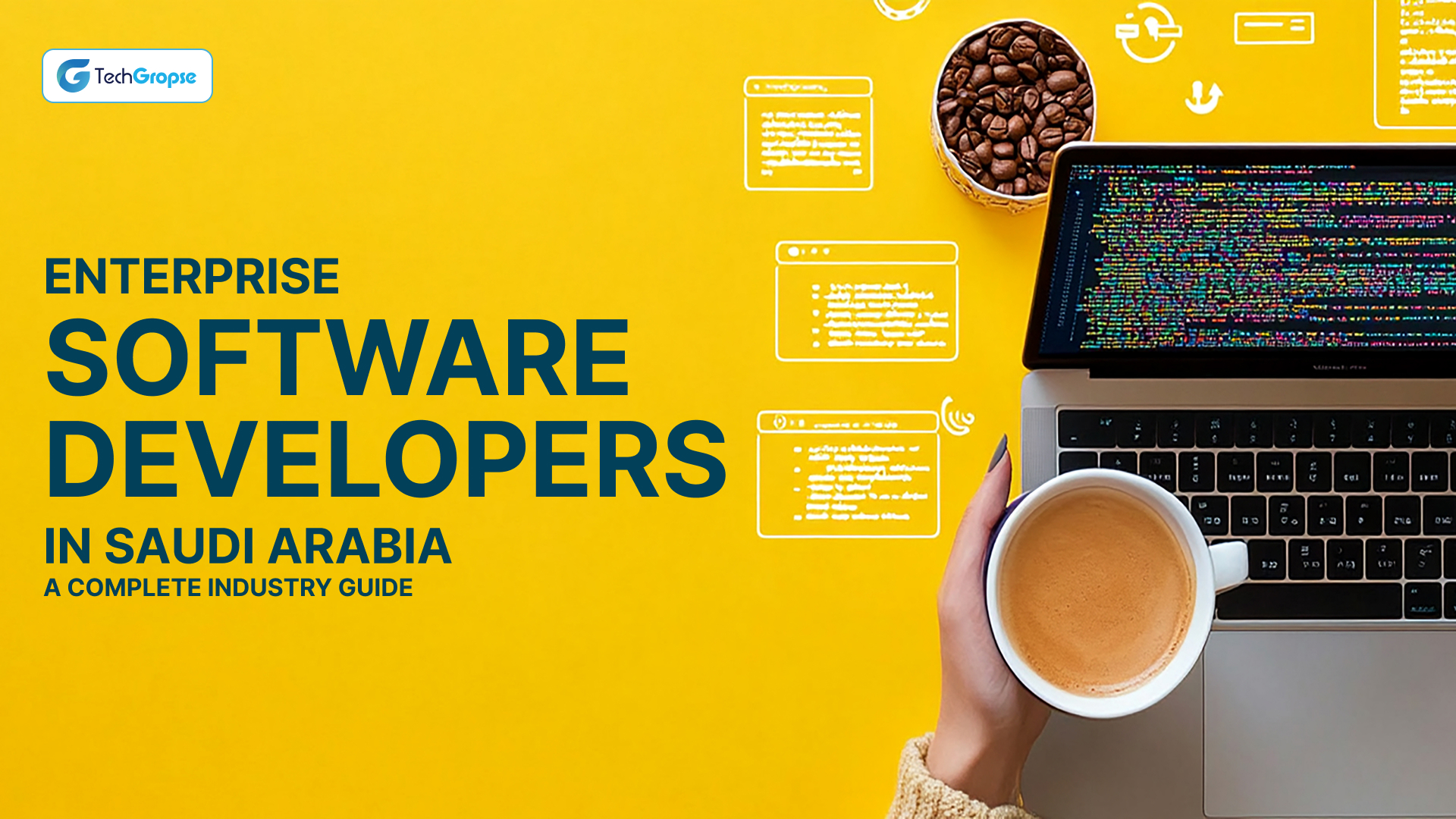Do you want to feel happier, boost your energy levels, and add more years to your life? The secret is simple: Exercise! But, how? You need to build an app like Fiton. Let’s embark on the journey to a healthier you through the power of fitness.
In today’s world, where many are at risk of chronic diseases even at a young age, fitness is not just a choice; it is a necessity. Fortunately, it is the key to maintaining both physical and mental well-being.
Fitness apps are taking the market by storm, captivating users’ interest. The quick takeaway? Athletes equipped with monitors can achieve instant results.
Wondering if you can tap into this lucrative trend for your traditional fitness club or startup? It’s the burning question.
Remember, we live in the 21st century, and every industry is embracing digitization. Grasp the opportunity, start brainstorming ideas, and claim your share of this thriving market.
Still not convinced? Check out the fitness app development craze through the following statistics. The numbers speak for themselves.
Why Should Build a Fitness App: Market Overview
“The fitness app development market is projected to reach USD 14.64 Billion by 2027.”
If you are thinking about build fitness app from scratch, don’t hesitate any longer.
Let’s take a look at the latest statistics of the health and workout app market and some stats that highlight the high demand for these products.
Globally, the demand for well-being, health, and workout apps has skyrocketed by 46%, leading to a whopping 2.48 billion downloads.
Imagine this: by 2023, 8 out of 10 people will be getting fit and healthy through fitness apps. The pandemic shifted user focus towards mental healthcare apps like Calm, Headspace, Meditopia, and Insight Timer, as revealed in App Annie’s State of Mobile report.
Last year, according to Statista, female health mobile apps like Flo, Mi Fit for activity tracking, and Home Workout took the lead in fitness app downloads.
Wearable devices, with a global sales value of $81.5 billion, indicate a growing interest in tools for monitoring health metrics such as heart rate, blood pressure, and running and walking speeds.
As more brands invest in mobile and web development, fitness app development is gaining popularity. If you develop workout app, it can give your business a significant competitive advantage.
Here are some key points to consider during fitness app development:
- 28% of users will install a fitness app once they discover it.
- Among the top 100 fitness apps on the Apple Store, only 5 have a rating lower than 4 stars.
- Top-performing workout apps globally generate revenue ranging from $2 to $6 million per month.
- Aim for a user retention rate of around 7% or higher after one month of use.
- Daily active users (DAU) should be around 9.41%.
10 Steps to Build an App Like Fiton

Fitness app development services have become a staple in our lives, helping us stay active and reach our health goals with ease.
In this saturated market, Fiton has managed to stand out from the crowd and carve its own space.
You can build an app Like Fiton with an innovative approach. A fitness app development company with make user-friendly interface, Fiton has captured the hearts of fitness enthusiasts worldwide.
1. Understanding the Fitness App Landscape
Before diving into fitness app development, it is crucial to have a clear understanding of the fitness app landscape. On demand app development company analyzes existing apps like FitOn, identifying their features, user interface, and overall user experience. Consider what sets them apart and how you can incorporate unique elements into your app.
- Define Your App’s Unique Value Proposition: What will make your fitness app stand out? Define a Unique Value Proposition (UVP) that highlights the specific benefits users will gain. It could include personalized workout plans, nutrition tracking, community features, or innovative fitness challenges.
- Identify Your Target Audience: Understanding your target audience is key to tailoring your app to their needs. Are you targeting beginners, fitness enthusiasts, or a specific demographic? Knowing your audience will influence the features, content, and overall design of your app.
- Research and Trends: Stay informed about the latest fitness trends, technologies, and user preferences. Incorporate features that align with current fitness methodologies, such as High-Intensity Interval Training (HIIT), yoga, or mindfulness exercises.
2. Planning Your Fitness App
With a clear vision in mind, it’s time to move on to the planning phase to build an app like Fiton.
- Establishing the purpose and objectives of your fitness app: To build a successful fitness app, you must establish a clear purpose and set objectives for what you want to achieve. Are you aiming to provide a comprehensive fitness solution for all levels, or do you want to target a specific niche? By clarifying your app’s purpose and objectives, you can align your development efforts and build an app like Fiton.
- Outlining the development timeline: Developing an app requires careful planning and resource allocation. Outline a realistic development timeline, considering factors such as coding, testing, and refining features.
- Setting measurable goals for user acquisition: Measurable goals provide tangible benchmarks to track your fitness app’s success. Set goals for user acquisition, engagement, and revenue generation. For example, aim to reach a specific number of active users within a certain timeframe or generate a certain amount of revenue.
3. Outline Core Features
Based on your research, outline the core features of your fitness app. You must include basic features to build an app like Fiton:
- User Profiles: Allow users to create personalized profiles to track progress.
- Workout Plans: Develop customizable workout plans catering to different fitness levels.
- Video Content: Integrate high-quality video content for guided workouts.
- Nutrition Tracking: Include features for users to log and monitor their nutritional intake.
- Social Integration: Incorporate social features to connect users, share achievements, and create a sense of community.
4. Choose the Right Technology Stack
Selecting the appropriate technology stack is crucial for the performance and scalability of your app. Consider factors like the development platform (iOS, Android, or both), programming languages, and frameworks. Consult with experienced fitness app developers to build an app like Fiton.
| Component | Technology |
| Development Platform | React Native (Cross-platform) or Swift (iOS), Kotlin (Android) |
| Backend Framework | Node.js, Django, Ruby on Rails, or Flask |
| Database | MongoDB, PostgreSQL, or MySQL |
| Cloud Storage | Amazon S3, Google Cloud Storage |
| Authentication | Firebase Authentication, OAuth 2.0 |
| APIs | RESTful API for communication between frontend and backend |
| Real-time Updates | WebSocket for real-time features |
| Push Notifications | Firebase Cloud Messaging (FCM) for Android, Apple Push Notification Service (APNs) for iOS |
| Video Content Delivery | Amazon CloudFront, Vimeo API |
| Payment Integration | Stripe, PayPal |
| Wearable Device Integration | Google Fit API, Apple HealthKit |
| Analytics | Google Analytics, Mixpanel |
| Testing Frameworks | Jest for unit testing, Postman for API testing |
| Version Control | Git, GitHub, GitLab |
| Continuous Integration/Continuous Deployment (CI/CD) | Jenkins, Travis CI |
5. Design a User-Friendly Interface
Invest in a user-friendly and visually appealing interface. Prioritize simplicity in navigation, ensuring users can easily access workouts, track progress, and engage with community features. Collaborate with experienced UI/UX designers to create an intuitive design to build an app like Fiton.
6. Incorporate Gamification Elements
To enhance user engagement, consider adding gamification elements such as achievements, badges, and challenges. It can motivate users to stay consistent with their fitness routines.
7. Development Process
Now that you have a detailed plan, it’s time to bring your fitness app to life.
- Agile Development Methodology: Adopt an agile development approach, breaking the project into smaller, manageable sprints. It allows for continuous feedback, and adjustments, and ensures a more flexible development process.
- Backend Development: Create a robust backend infrastructure to support user data, workout plans, and other essential functionalities. Implement secure data storage, user authentication, and server-side logic to handle various app features.
- Frontend Development: Develop a responsive and dynamic frontend that aligns with your app’s design. Ensure compatibility across different devices and screen sizes for a seamless user experience.
- Video Content Integration: If your app includes guided workout videos, invest in high-quality video content. Collaborate with fitness experts for accurate demonstrations and create a library of diverse workouts catering to different preferences.
- Wearable Device Integration: Consider integrating your app with popular wearable devices to enhance user experience. It may include fitness trackers, smartwatches, or other devices capable of monitoring health metrics.
8. Testing & Bug Fixing
Mobile app development company test your app to identify and resolve any performance bugs or issues. Conduct usability testing to ensure the app meets the expectations of your target audience.
| Testing Stage | Testing Focus | Testing Activities |
| Unit Testing | Individual Components and Functions | – Test each function and module in isolation to ensure they perform as expected.
– Verify that calculations related to workout metrics, such as calories burned and heart rate, are accurate. |
| Integration Testing | Interaction between Modules and Components | – Test the communication and data flow between different modules.
– Validate data consistency and integrity across various sections of the app, such as workout tracking and nutrition logging. |
| UI/UX Testing | User Interface and User Experience | – Ensure a consistent and intuitive user interface across different devices and screen sizes.
– Validate navigation flows and user interactions within the app. – Confirm that visual elements align with design specifications. |
| Compatibility Testing | Cross-Device and Cross-Browser Compatibility | – Test the app on various devices (smartphones, tablets) and screen sizes to ensure a responsive design.
– Verify compatibility with different browsers (if applicable) to guarantee a seamless user experience. |
| Performance Testing | App Responsiveness and Scalability | – Assess app loading times and responsiveness under various network conditions.
– Conduct stress testing to determine how the app performs under heavy user loads, simulating peak usage scenarios. – Check the app’s resource consumption, such as memory and CPU usage, to ensure optimal performance. |
| Security Testing | Data Protection and User Privacy | – Conduct penetration testing to identify and address potential vulnerabilities.
– Ensure secure data transmission and storage, especially concerning user authentication and personal health data. |
| Usability Testing | User Friendliness and Overall User Experience | – Gather feedback from a diverse group of users to assess the app’s ease of use.
– Identify any pain points or areas of confusion in the user journey and make necessary adjustments. |
| User Acceptance Testing (UAT) | End-User Approval and Validation | – Allow a select group of end-users to interact with the app in a real-world scenario.
– Obtain feedback on overall satisfaction, functionality, and any issues encountered during usage. |
| Regression Testing | Post-Update Stability and Feature Integrity | – Ensure that new updates or features do not negatively impact existing functionalities.
– Re-run critical test cases to verify that previously identified issues have been addressed and resolved. |
9. Launch and Marketing
As your app nears completion, it’s time to prepare for launch and create a buzz in the market.
- Pre-launch Marketing: build an app like Fiton by implementing pre-launch marketing strategies. Utilize social media platforms, create teaser content, and engage with potential users to generate interest.
- App Store Optimization: Optimize your app for the app stores by using relevant keywords, compelling visuals, and a well-crafted app description. It will enhance your app’s visibility and attract users.
- Launch Event: Host a launch event or promotion to celebrate the release of your fitness app. Consider collaborating with fitness influencers or experts.
10. Establish a Support & Maintenance
- Help Desk: Implement a robust help desk system to manage user queries, issues, and feedback promptly. Provide multiple channels for support, such as email, in-app chat, or a dedicated support portal.
- Knowledge Base: Develop a comprehensive knowledge base or FAQ section to address common user queries. Regularly update the knowledge base to include information about new features or changes.
- Performance Monitoring: Utilize tools to monitor the app’s performance, including response times, server uptime, and resource usage. Set up alerts for potential issues, ensuring proactive resolution.
- User Feedback Analysis: Regularly analyze user feedback to identify recurring issues or feature requests. Prioritize and address feedback to enhance user satisfaction and app performance.
How Much Does It Cost Build an App Like Fiton?

Well, it is one of the most curious and frequent questions we’ve encountered.
Let us share with you an answer for the same!
No one can give you an exact for fitness app development cost. However, a few factors that can help you get an approximate range are UI/UX design, the location of fitness app development company, the complexity of your project, features, the app development platform, and so on.
| Development Stage | Cost Factors | Estimated Cost Range |
| Market Research and Planning | Research, analysis, and project planning | $5,000 – $10,000 |
| UI/UX Design | Wireframing, prototyping, and UI/UX design | $10,000 – $30,000 |
| Development Platform | Choose between iOS, Android, or cross-platform | $10,000 – $30,000 |
| Backend Development | Server setup, database design, and logic | $20,000 – $50,000+ |
| Frontend Development | Implementing user interface and app logic | $15,000 – $40,000+ |
| Features and Functionality | Integration of fitness features, video content, etc. | $15,000 – $50,000+ |
| Wearable Device Integration | Connectivity with fitness trackers and wearables | $10,000 – $25,000+ |
| Testing and Quality Assurance | Debugging, testing, and quality assurance | $15,000 – $30,000+ |
| Deployment and Launch | App store submission, launch preparation | $5,000 – $10,000 |
| Post-Launch Support and Maintenance | Ongoing updates, bug fixes, and support | $10,000 – $30,000+ per year |
Are You Ready to Build an App Like Fiton?
So, let start to build an app like Fiton together with strategic approach, unique planning. By understanding the key features of Fiton, and designing an engaging user interface, you can create an app that stands out in the market.
Additionally, by developing robust core functionalities, testing rigorously, and implementing effective marketing strategies, you can increase your app’s chances of success.
Remember, the fitness app market is ever-evolving, so continuously refining and updating your app based on user feedback and industry trends is crucial.
By following the steps outlined in this post, you can embark on a journey to build an app like Fiton that not only resonates with users but also helps them achieve their health and fitness goals.
FAQ: How to Build an App Like Fiton
1. Can I build an app like Fiton if I do have not any prior app experience?
Building a fitness app like Fiton may be challenging when you have no previous app improvement enjoy. However, with determination, case studies, and the essential details, collaborate with skilled developers to deliver your imaginative and prescient to lifestyles.
2. How can build an app like Fiton stand out in a competitive marketplace?
To make your fitness app stand out in a fitness market, it is essential to learn unique promoting factors or a specific target audience niche. Conduct complete market research to recognize user needs and then tailor your app’s functions and layout to cater to the requirements.
3. How can I monetize my fitness app?
There are various approach to monetize a fitness app. Consider implementing a freemium version, wherein customers can get access to simple capabilities free of charge however pay for advanced functionalities or top class content material. In-app purchases, which include exercise plans, personalised education, or exclusive content material, can also generate revenue.
4. How essential is users feedback and updates in the success of a fitness app?
User remarks and updates play a vital function in the achievement of a fitness app. Actively are trying to find feedback from users to recognize their needs, pain factors, and pointers for improvement. Regularly replace your app to deal with insects, enhance capabilities, and introduce new functionalities based on consumer feedback and marketplace traits.









